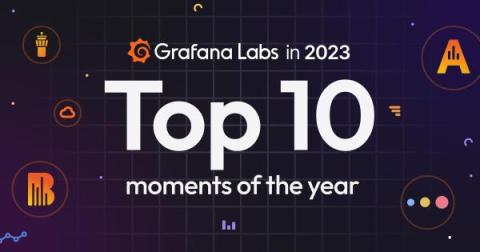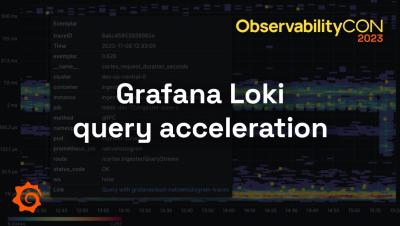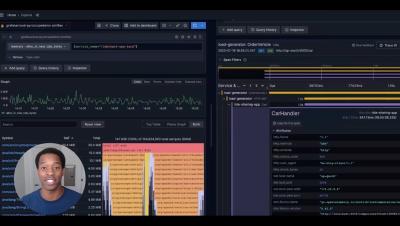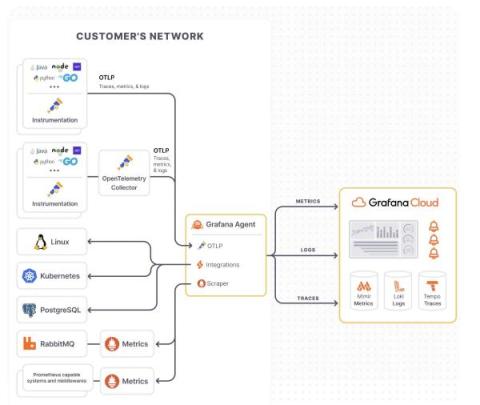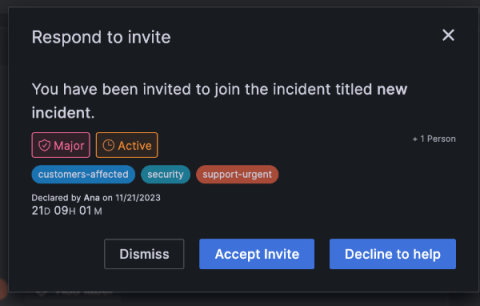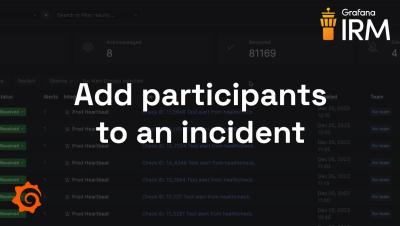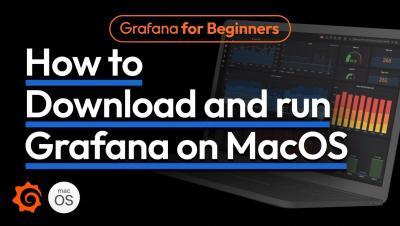The concise guide to Grafana Loki: Everything you need to know about labels
Welcome to Part 2 of the “Concise guide to Loki,” a multi-part series where I cover some of the most important topics around our favorite logging database: Grafana Loki. As I reflect on the fifth anniversary of Loki, it felt like a good opportunity to summarize some of the important parts of how it works, how it’s built, how to run it, etc. And as the name of the series suggests, I’m doing it as concisely as I can.



